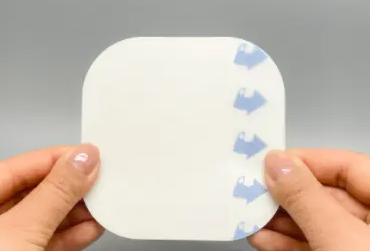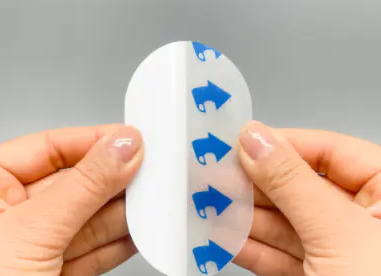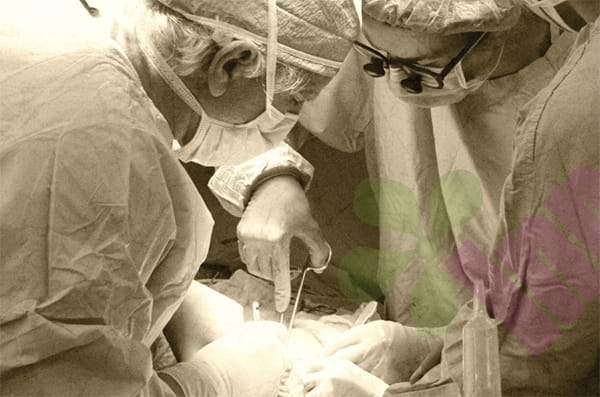Wound healing is a complex physiological process, and proper treatment can significantly shorten recovery time. When skin is damaged, the body immediately activates its repair mechanisms. White blood cells gather around the wound to remove bacteria and necrotic tissue. Fibroblasts then begin to secrete collagen, new blood vessels gradually form, and eventually, epidermal cells cover the wound surface. Any inappropriate intervention in this process can disrupt the natural healing rhythm.

How should you treat the wound immediately after being injured?
For fresh wounds, first flush with running water or saline for at least 5 minutes. This will remove over 90% of surface contaminants. Use lukewarm water if possible; excessively cold water can constrict blood vessels, and excessive heat can worsen tissue damage. Gently apply pressure with clean gauze to stop any bleeding; avoid rubbing. For superficial wounds, apply povidone-iodine and then a hydrocolloid dressing. Deeper wounds require pressure to stop bleeding and seek medical attention promptly; avoid bandaging yourself.
What kind of dressing is best for wound healing?
For faster wound healing, use moist healing dressings as much as possible; these products maintain a moderately moist environment. Hydrocolloid dressings are suitable for wounds with minimal exudate and can be changed every 3-5 days. Foam dressings have greater absorbency and are suitable for wounds with moderate exudate. Silver-containing dressings have antimicrobial properties and are suitable for wounds at risk of infection. Transparent film dressings facilitate wound monitoring and are often used for intravenous infusion sites. When selecting a dressing, consider the size, depth, exudate volume, and specific needs of the wound site.
What are some common mistakes in wound care?
Many people are accustomed to using alcohol or hydrogen peroxide to disinfect wounds, but this actually kills new cells and delays healing. The correct disinfectant is iodine tincture, with a concentration below 0.5%. Another misconception is to allow the wound to completely dry and scab over; in fact, a moderately moist environment is more conducive to epithelial cell migration. Frequent dressing changes are also unnecessary, as they can damage the fragile tissue that is forming. Furthermore, avoid using any folk remedies or powders, as these substances may act as foreign matter and hinder healing.
How to tell if a wound is healing normally?
A healthy healing process has several distinct characteristics. The wound may experience slight redness, swelling, and exudate for 1-2 days after surgery, which is a normal inflammatory response. After 3-5 days, the redness and swelling should gradually subside, and the exudate should decrease. Pink, new tissue will appear at the wound edge in 7-10 days. If you notice persistent, increasing pain, widespread redness and swelling, cloudy or foul-smelling exudate, or a fever, these symptoms may indicate infection and require prompt medical attention. People with diabetes should be especially vigilant, as their symptoms of infection may be subtle, but the consequences can be more serious.

In the following situations, please see a doctor as soon as possible!
Cuts longer than 0.5 cm or cuts longer than 2 cm require professional treatment. Wounds caused by rusty metal or animal bites require medical attention and may require tetanus or rabies vaccines. Burns larger than the size of a palm or occurring on specific areas such as the face, hands, feet, or joints. Bleeding continues for more than 15 minutes and cannot be stopped. Systemic symptoms such as fever and chills occur. Wounds show no obvious signs of healing within two weeks. These situations require professional medical intervention; self-treatment may lead to serious consequences.
For more information on Innomed® Hydrocolloid Dressing Ultra-thin, refer to the Previous Articles. If you have customized needs, you are welcome to contact us; You Wholeheartedly. At longterm medical, we transform this data by Innovating and Developing Products that Make Life easier for those who need loving care.
Editor: kiki Jia

 English
English عربى
عربى Español
Español русский
русский 中文简体
中文简体








